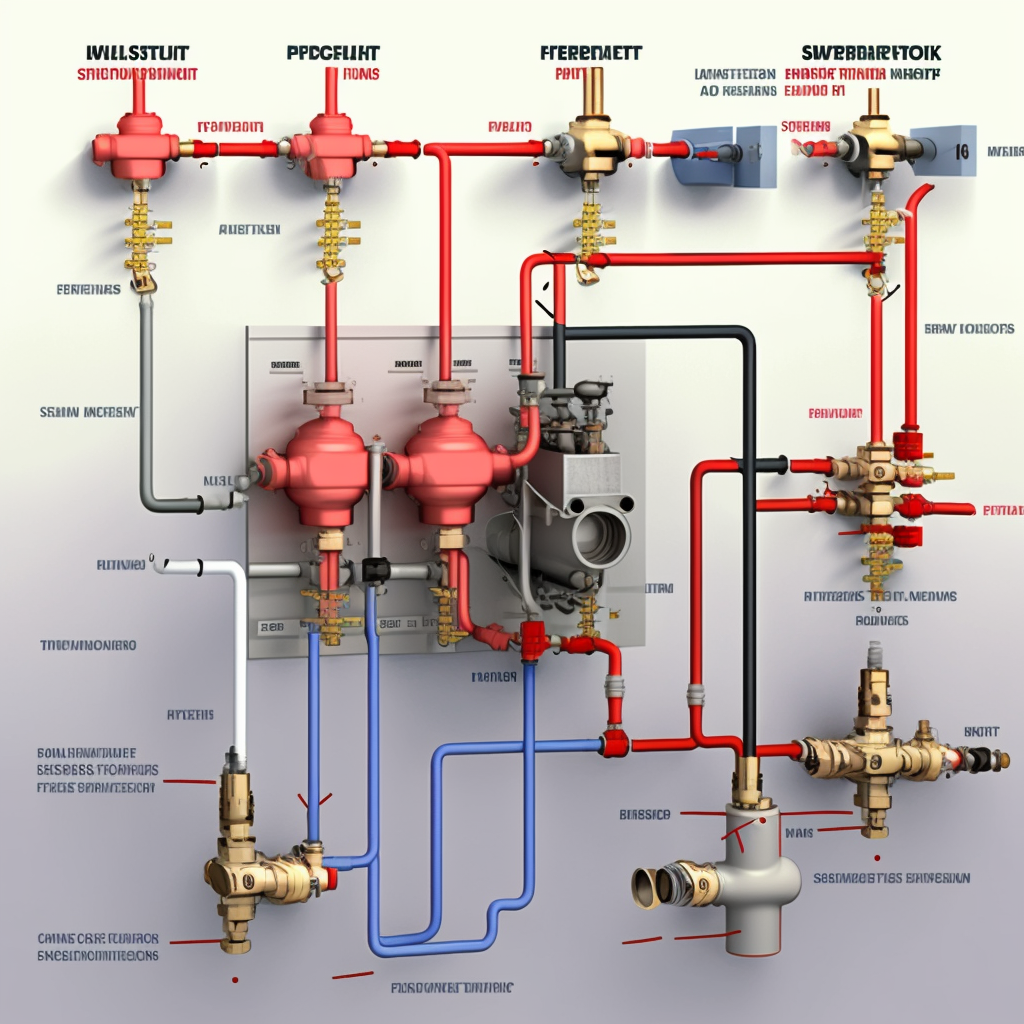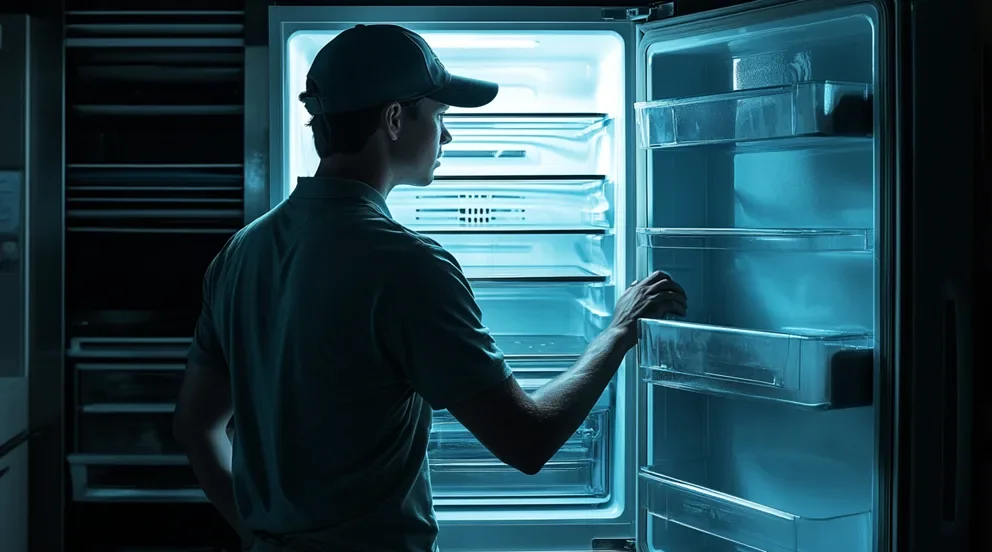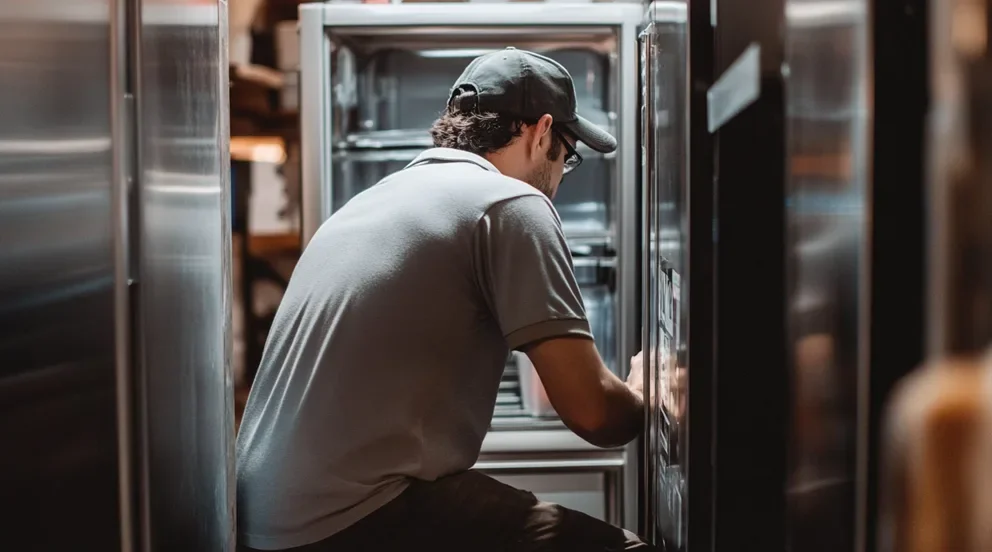Fire sprinklers are essential for protecting property, assets, and people in the event of a fire. There are several different types of sprinkler systems that are typically used, each having their own set of advantages and disadvantages.
The two main types of fire sprinkler systems in widespread use today are wet pipe and dry pipe. Wet pipe systems feature pipes that are always full of water, with a valve that is opened to allow the water to flow when the system is triggered by heat. This type of system is most commonly used in areas with little risk of freezing temperatures. Dry pipe systems feature pipes that are normally filled with pressurized air, occasionally nitrogen. The valve will activate when triggered, allowing air to escape and water to fill the pipes. This type of system is ideal for areas where freezing temperatures are a possibility.
Another type of system is called preaction and is typically used where protection of assets and expensive property is desired. These systems contain two sets of valves: detection valves, which may be composed of one or multiple devices for varying levels of detection, and a sprinkler valve, which is connected to the sprinkler heads and releases water when opened. Preaction systems require the detection of heat and smoke to activate the valves and release water.
What factors should be taken into account when choosing the best type of fire sprinkler system for a particular situation?
When deciding which type of fire sprinkler system is best for a given situation, several factors should be taken into account. The first thing to consider is the size of the property that needs to be protected. The size and layout of a building will determine the type of system that is necessary. For example, large commercial buildings may require a different type of system than a smaller home.
The type of materials located in the building is another important factor in making a decision. If there is a large amount of combustible materials present, a more advanced system may be necessary. If the area is subject to low temperatures, then a dry pipe system is likely the best option.
The existing infrastructure of the building should also be taken into account. Depending on the age of the structure, different types of sprinkler systems may be more suitable for retrofitting. Additionally, budget constraints should be taken into account. It is important to find a system that will provide the necessary level of protection and fit into the available budget.
Overall, choosing the right fire sprinkler system requires careful consideration and research. By looking at all of the factors, it is possible to find the best system that will provide the necessary amount of protection for any property.
What are the costs associated with each type of fire sprinkler system?
The costs associated with each type of fire sprinkler system vary depending on the size of the project and the type of system that is being installed. Wet pipe systems tend to be the least expensive up front, as they are simpler and provide good protection in warmer climates. However, they may require more frequent maintenance and be more costly to repair in the long run.
Dry pipe systems tend to be more expensive to install but may be more cost-effective in the long run in colder climates, where wet pipe systems could freeze and cause repair costs. Preaction systems often come at a higher cost due to the extra components that are included in the system, such as detection valves and multiple sprinkler heads that must be connected to the system.
When it comes to ongoing costs, all types of systems typically require regular inspections and maintenance in order to ensure they are functioning properly. Repair costs and replacements can also be expected, adding to the overall cost of ownership. Additionally, costs may be impacted by the geographic area and climate in which the system is located, as certain systems may be more suitable for certain climates.
In conclusion, the costs associated with each type of fire sprinkler system vary and should be carefully considered when making a decision. It is important to factor in the initial installation costs, as well as ongoing maintenance and repair costs, in order to determine which system is most suitable and cost-effective.
How often should fire sprinkler systems be inspected and maintained?
Fire sprinkler systems should be inspected by a professional on an annual basis. This includes testing the system, checking all components to ensure they are in working order, and verifying that the valves and pumps are functioning properly. Additionally, sprinkler heads should be checked to make sure they are not blocked or clogged.
Maintenance of fire sprinkler systems is also important and should be done as needed. The pipes and connections should be inspected for any corrosion or damage that may have occurred over time. In areas where freezing temperatures can occur, dry pipe systems must be drained periodically in order to prevent them from freezing and cracking during cold weather months. Additionally, if the water pressure is low due to changes in elevation or seasonal shifts, the sprinkler system should be adjusted as necessary.
In conclusion, fire sprinkler systems should be inspected and maintained on a regular basis in order to ensure proper functioning. Annual inspections by a qualified professional are recommended, as well as any additional maintenance that may be required due to changes in the climate or water pressure levels. Regular upkeep of these systems is essential for ensuring maximum protection of property and assets.
What are the advantages and disadvantages of each type of fire sprinkler system?
The main advantages of wet pipe systems are that they are cheaper to install and operate, and they provide quick responses to fire-related emergencies in warmer climates. However, they can be more prone to freezing in colder climates, which can lead to costly maintenance and repairs.
Dry pipe systems provide protection from freezing temperatures and require fewer components than wet pipe systems. However, they may take longer to respond to a fire due to the delay created by the need for water pressure to build up before releasing water from the sprinkler heads. Additionally, dry pipe systems tend to be more expensive since extra piping needs to be installed.
Preaction systems offer enhanced protection against fires since they require the presence of smoke or heat before releasing water from the sprinkler heads. They also provide protection against accidental water discharge due to malfunctioning valves. However, preaction systems tend to be more expensive than other types of fire sprinkler systems and require additional maintenance and inspections.
In conclusion, each type of fire sprinkler system has its own advantages and disadvantages that should be considered when deciding which system is best for a particular building or property. The size of the area that needs protection, climate conditions, budget constraints, and the required level of protection all need to be taken into account in order to make an informed decision about which system is most suitable. Additionally, proper inspection and maintenance are essential in order to ensure that any system chosen will provide maximum protection at all times.
What safety measures should be taken when installing or using fire sprinkler systems?
When installing fire sprinkler systems, all safety measures should be taken to protect against any potential hazards associated with the installation process. This includes using approved materials, following manufacturer instructions, and wearing protective gear such as goggles and gloves. It is also important to ensure that all electrical components are properly wired and connected in order to prevent any risk of electric shock or fire.
Once a system has been installed, it is important to maintain proper safety protocols for operating the system. This includes regularly inspecting the system for any changes or deterioration, testing water pressure levels, and ensuring that access points remain clear of debris or other obstructions. Additionally, all users of the system should be trained on how to use it correctly in order to reduce risk of accidental activation or misuse.
In conclusion, proper safety measures should always be taken when installing and operating fire sprinkler systems in order to ensure maximum protection from potential hazards. This includes using approved materials, following manufacturer instructions, wearing protective gear, and regularly inspecting the system for any changes or deterioration. Additionally, users of the system should be trained on how to use it correctly in order to reduce the risk of accidental activation or misuse. By taking these necessary precautions, the installation and operation of fire sprinkler systems can remain safe and efficient at all times.
What happens if a fire sprinkler system malfunctions?
If a fire sprinkler system malfunctions, it can lead to significant damage due to water leakage or inadequate protection. In the event of a malfunction, property owners should contact a qualified professional as soon as possible in order to repair the problem. Additionally, any affected areas should be dried and inspected for further damage that may have occurred due to the malfunction.
In some cases, if a fire does occur despite the presence of a functioning system, property owners can file an insurance claim in order to receive compensation for any damages sustained. However, this is not always guaranteed and depends on several factors such as insurance coverage and the extent of the damages caused by the fire.
In conclusion, when dealing with a malfunctioning fire sprinkler system, it is important to contact a qualified professional in order to repair the problem and prevent further damage. Additionally, property owners may be able to receive compensation for any damages sustained due to the malfunction or fire if an insurance claim is filed. Therefore, it is essential to ensure that all fire sprinkler systems are regularly inspected and maintained in order to reduce the risk of malfunctions and protect against potential hazards.





